Lysergic Acid Diethylamide (LSD) Papers
$250.00
Lysergic Acid Diethylamide (LSD) Papers
What is LSD?
Lysergic Acid Diethylamide (LSD) Papers is a potent hallucinogen drug that has a high potential for abuse and currently has not been accepted in many countries. Lysergic acid diethylamide, commonly known as LSD, and known colloquially as acid or lucy, is a potent psychedelic drug. Effects typically include intensified thoughts, emotions, and sensory perception. At high doses, LSD manifests primarily mental, visual, and auditory hallucinations in humans.
Lysergic Acid Diethylamide (LSD) is synthetically made from lysergic acid which is found in ergot, a fungus that grows on rye plant and other grains. It is very potent, and its doses are measured in microgram (mcg) range. It’s effects are often called trips ( lsd trips). Lsd drugs are stimulating, pleasurable, and mind-altering. In some cases it might lead to an unpleasant experiences called a bad trips.
LSD drugs are illegal in most countries including the USA, there(USA) LSD is classified by the Drug Enforcement Agency (DEA) as a Schedule 1 drug, meaning LSD has a high possibility for abuse. There has been a resurgence of interest in potential therapeutic uses for LSD such as for the treatment of alcoholism and depression. Studies that conform to modern research standards are currently underway that might strengthen our knowledge on the use of LSD.
LSD is produced in crystalline form and then mixed with other inactive ingredients, or diluted as a liquid for production in ingestible forms. It is odorless, colorless and has a slightly bitter taste.
Active doses for LSD between 0.5 and 2 mcg/kg (100–150 mcg per dose). Its half-life is about 3 hours, but ranges between 2 hours and 5 hours, and the psychoactive effects can last up to 12 hours.
LSD is usually found on the streets in various forms;
- blotter paper (LSD soaked onto sheets of absorbent paper with colorful designs; cut into small, individual dosage units) – the most common form
- thin squares of gelatin (commonly referred to as window panes)
- tablet form (usually small tablets known as Microdots) or capsules
- liquid on sugar cubes
- pure liquid form (may be extremely potent)
Some people may inhale LSD through the nose (snort) or inject it into a vein (shoot it up). There is no way to predict the amount of LSD that is contained in any form consumed.
Other hallucinogenic drugs includes the following:
- Mescaline (Peyote, Buttons, Cactus)
- Phencyclidine (PCP, Angel Dust
- Salvia divinorum (salvia)
- Ecstasy (MDMA or “Molly)
- Psilocybin (Magic Mushrooms, Shrooms)
- Ayahuasca (DMT)
Effects of LSD
Physical effects of LSD are unpredictable from person-to-person. Usually, the first effects of the drug when taken by mouth are felt 30 to 45 minutes after taking it, peak at 2 to 4 hours, and may last 12 hours or longer. Use by the intravenous (IV) route will produce a much quicker action, usually within 10 minutes. Effects include:
- anxiety and depression
- dilated pupils
- distorted visual perception of shapes, colors
- altered sounds
- hallucinations
- flashbacks (a return of the “trip” experience) days or months later
- rapid heart rate, increased body temperature and high blood pressure
It can lead to extreme changes in mood. When LSD is taken in large doses, the drug produces delusions and visual hallucinations. Overdose can lead to severe psychosis. Death is often due to a direct injury while under LSD influence; there is no known lethal dose of LSD.
The physical effects can also include nausea, loss of appetite, increased blood sugar, difficulty sleeping, dry mouth, tremors and seizures.
The user may also experience impaired depth and time perception, with distorted perception of the size and shape of objects, movements, color, sound, touch and their own body image. Sensations may seem to “cross over,” giving the feeling of hearing colors and seeing sounds. These changes can be frightening and can cause panic. Some LSD users also experience severe, terrifying thoughts and feelings, fear of losing control, and fear of insanity or death.
An experience with LSD is referred to as a “trip”. Acute, disturbing psychological effects are known as a “bad trip”. These experiences are lengthy, with the effects of higher doses lasting for 6 to 12 hours, and it may take 24 hours to return to a normalcy.
Be the first to review “Lysergic Acid Diethylamide (LSD) Papers” Cancel reply
Related products
LSD
LSD

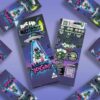
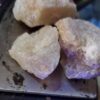
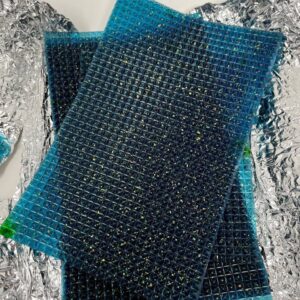
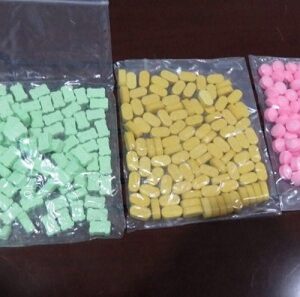
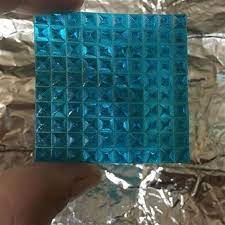
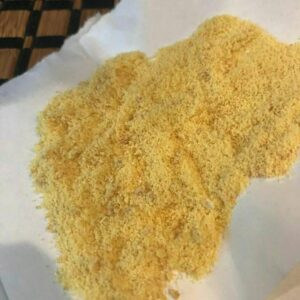
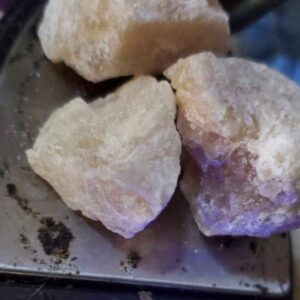

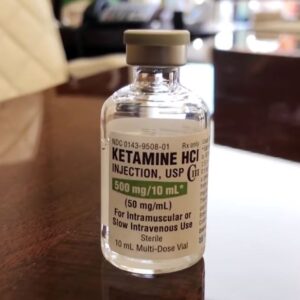

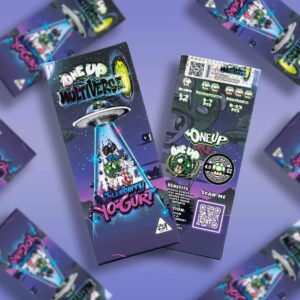
Reviews
There are no reviews yet.